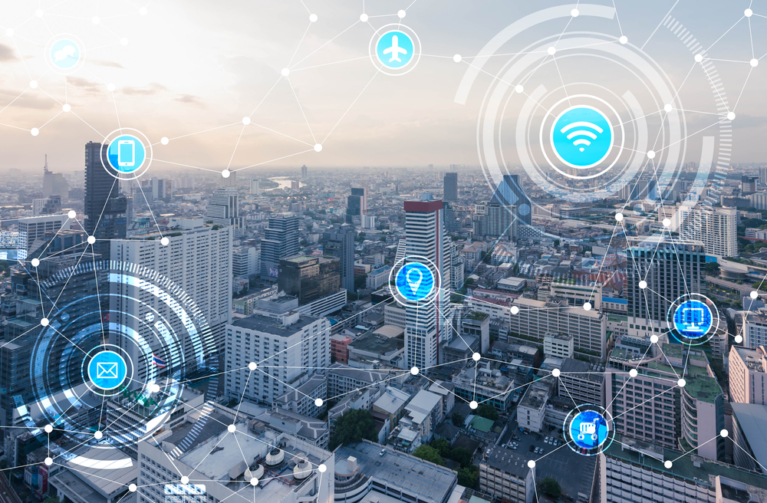How to avoid creating a Smart City Dinosaur

Let me tell you a story. I used to work for one of the most innovative global computer companies, Digital Equipment Corporation. They designed, manufactured and sold an excellent and proprietary Information Technology solution. Clients got the IT they needed, and Digital were very successful for many decades.
Then along came a new IT system which technically wasn’t quite as good as Digital’s, but was a lot cheaper to acquire, more flexible and could operate on a variety of suppliers’ hardware platforms. Customers discovered they could innovate faster, more cost-effectively and deliver new and different services to their customers. How did Digital respond? They created their own version of their new IT system, but focused on trying to convince customers to keep using their old solutions.
However, customer after customer realised that deploying a mixed economy of technologies, from multiple suppliers actually delivered far greater value and enabled them to deliver different (and often better) services to their customers. Consequently, Digital’s fortunes declined, and were eventually acquired by a smaller company. They had become a dinosaur and gone extinct. There was nothing wrong with their original IT solution, it still worked well, it’s just that the customers no longer needed the things it was really good at.
So, what is the relevance of this story to today’s Smarter Cities world? Well, I think there are three important lessons to learn:
- Customers’ (cities’) needs are changing rapidly. Increasing populations and rising citizen expectations are placing greater demands across all city components and services. Infrastructure previously deployed may no longer deliver all of the new requirements, and the original suppliers of those elements may not be prepared (or able) to respond to these new, changing needs.
- Technology changes fast! It becomes outdated far more quickly than ever before, and this needs to be both understood and planned for. Cities need to think about different procurement or acquisition strategies over different timescales. They need to be able to easily and quickly replace or update/augment their infrastructure to take advantage of new capabilities. Cities also need to understand that without this integrated flexibility or turn-around, a prolonged acquisition process may result in already outdated technology being installed when deployment finally comes around.
- One size doesn’t fit all. Where once a single solution delivered most requirements, today’s smart cities have many more, new requirements that can only be met with a portfolio of different devices, technologies etc. all coexisting – a mixed economy that needs to be understood, actively planned for and managed.
The reality of Smart Cities today is that many different suppliers/products/partners are required to deliver Smart City Programmes. And whatever initiative is deployed needs to be sufficiently flexible to be reconfigured, re-purposed or replaced. The truly smart cities will understand and choreograph this. Those that don’t will rue their failure to do so and will end up failing their communities.
What does this mean for us at Pulse Smart Hub? As nice as it would be, our Smart Hubs will never be the only intelligent street furniture in any location, and in truth, nor should they be. They will always be one component in a smart city ecosystem of devices, delivering a portfolio of different capabilities to the communities in which they are located. We are ready to operate in that environment – the question is – are our cities ready to envision and facilitate these mixed economies?
-Steve Peel, Senior Executive, Urban Innovation